Affiliate links on Android Authority may earn us a commission. Learn more.
Motorola Moto G7 series hands-on: A fine family
Motorola has announced four new phones in a big refresh to its mid-range G series. The G has been a bedrock in Motorola’s lineup since its inception. The original Moto G became the company’s best-selling phone and led the markets of Brazil and Mexico in the year it was released. The G series was conceived with the intent to bring advanced features to affordable hardware. Now in its seventh generation, the G is as powerful and appealing as ever.
The 2019 G7 series includes the Moto G7, Moto G7 Power, Moto G7 Play, and Moto G7 Plus. The G7 is the most capable of the bunch and has the nicest design, while the G7 Power delivers days of battery life. The G7 Play is attractive and affordable, and the G7 Plus should tempt those who prioritize photography. Here are our thoughts on the the G7, G7 Power, and G7 Play. (The G7 Plus was not on hand.)
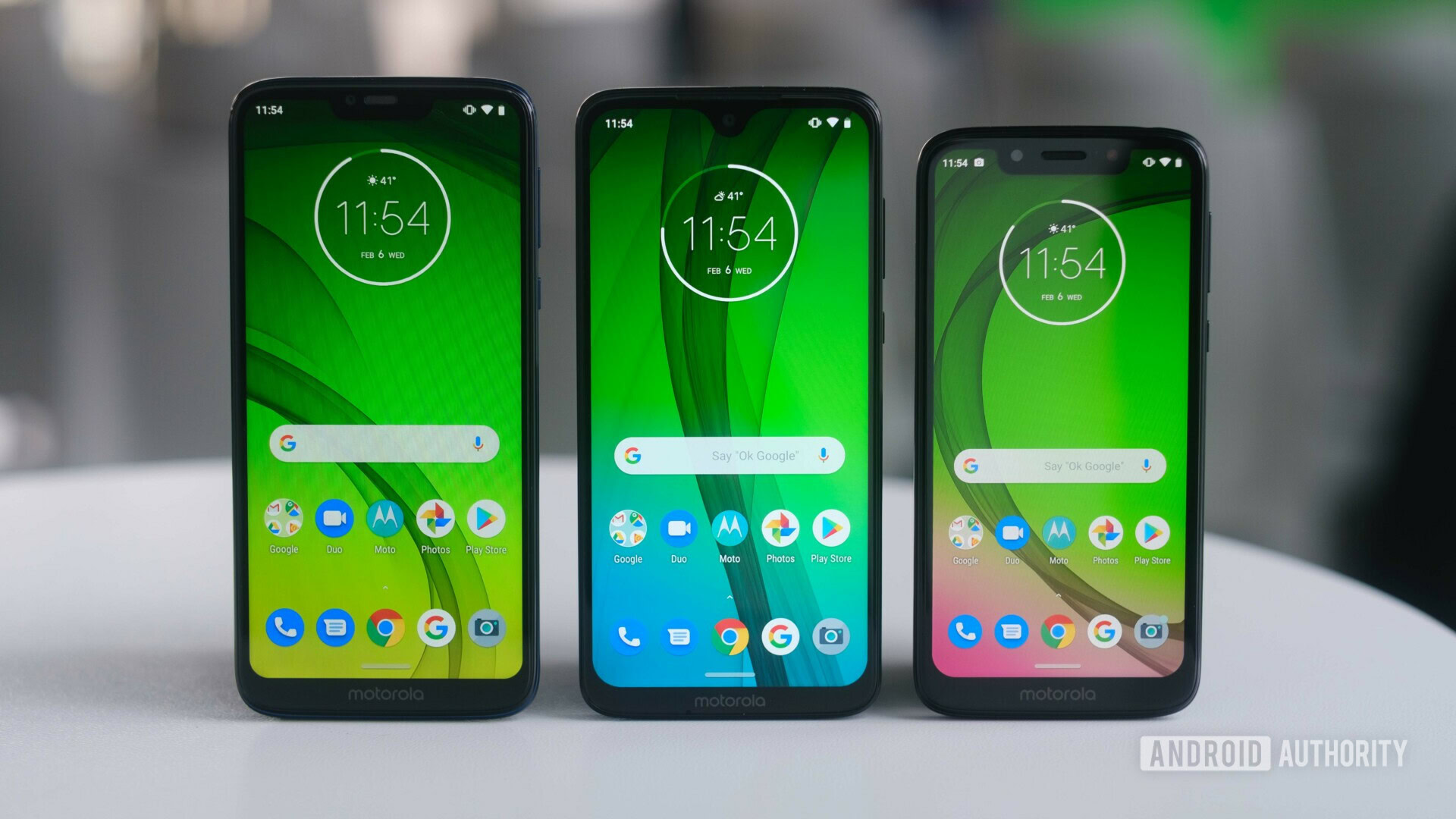
Plenty of shared DNA
The differences between the four G7 series phones aren’t that easy to spot. Plenty ties the family together, and that’s a good thing. Each features a similar design and shape in order to bond with its stablemates.
Curved glass forms the front surface and a wrap-around frame separates the display glass from the rear panel. The G7 series devices are all thin and light. The familiar, round, raised Motorola camera module adorns the rear of each phone. You’ll find modern conveniences like USB-C connectors for charging and data transfer, 3.5mm jacks for your headphones, and fingerprint readers for securing the device. Memory cards are supported across the board. These are all good things.
There’s no NFC, nor is there wireless charging. The phones don’t include full waterproofing, though they can deal with some sweat.
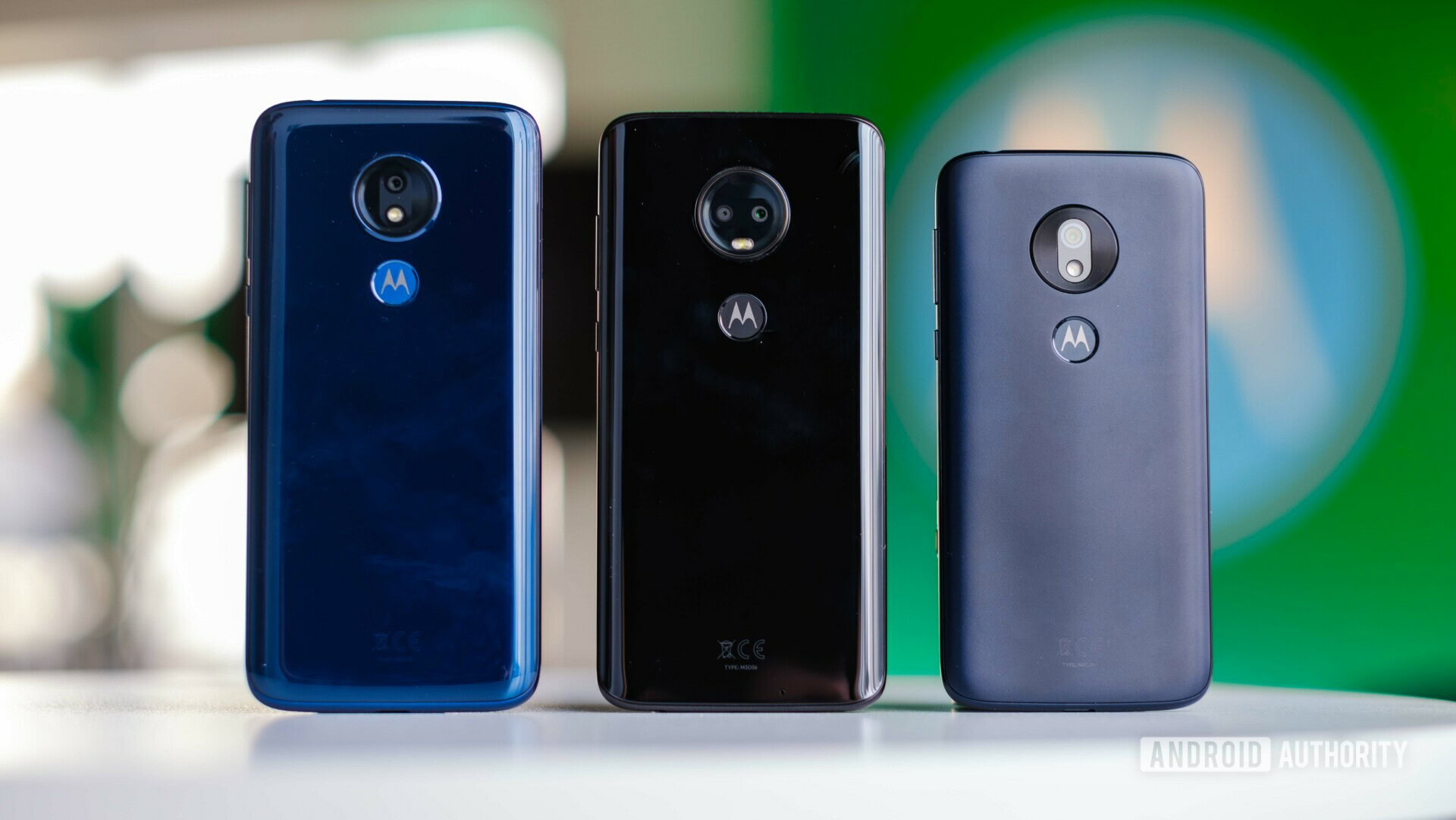
The G7 series specifications are mostly the same, with some key differentiators. For example, RAM and storage varies, as do camera resolutions and capabilities.
It’s all tied together by Motorola’s capable software. Motorola has done a fantastic job with Android 9 Pie. It has better usability than stock Pie, and adds truly useful features like Moto Actions. Using Motorola phones day in and day out can be a pleasure.
Leader of the pack
There’s no questioning the G7’s position in this family; it’s the patriarch. Motorola opted for curved Gorilla Glass for both the front and back of the G7. You can choose between black and white. The black model is black-on-black, with the glass, metal frame, and accents all in the same dark vein. The white model is stunning thanks to chrome-colored accents around the sides and on the back. It’s sharp.
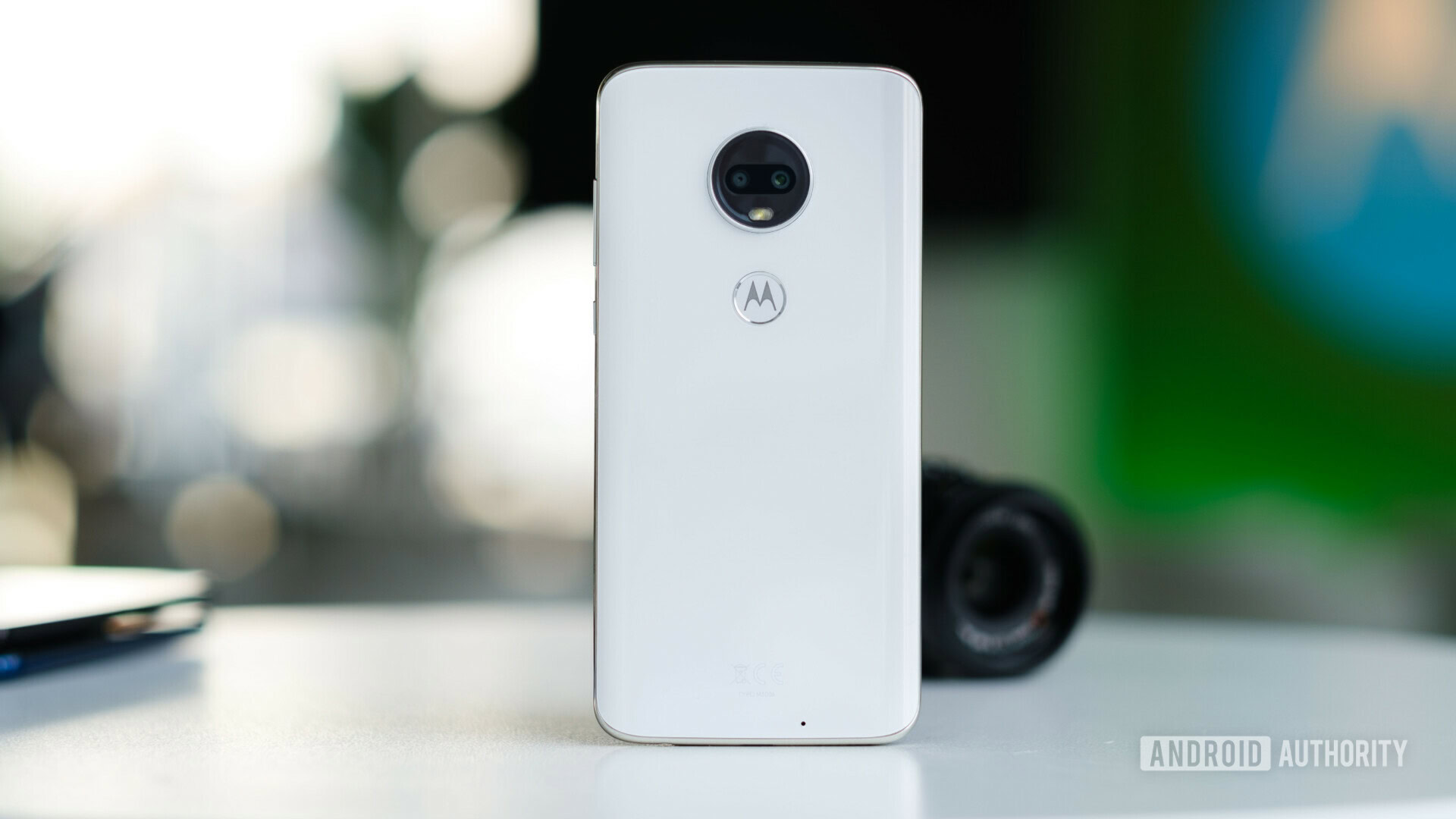
A 6.2-inch screen covers the front. Despite the size of the display, the Moto G7’s overall footprint is deftly kept in check thanks to minimal bezels around the screen. The display offers Full HD+ resolution and looks crisp. It’s an LCD screen, which means colors are accurate, but blacks could be deeper. Viewing angles aren’t the best.
The dual-camera setup on the back is centered in the raised module. It’s huge and sticks out from the rear surface quite a bit. This is the only phone in the range that can shoot contrast-assisted bokeh. The two cameras on the rear work together to create the blurred effect in portraits.
The Moto G7 is the one member of the G7 family that appealed to me the most.
Prioritizing battery life
The G7 Power is the biggest of the three phones we spent time with. It’s only bigger than the G7 by a bit, but it’s enough to notice when you hold them side-by-side. The larger footprint is necessary to accommodate the humongous 5,000mAh battery inside. Few phones have a battery this large. It is meant to deliver days — not hours — of battery life. Motorola claims the phone lasts for three days per charge and can snag up to 12 hours of battery life after it is plugged in for just 15 minutes. That’s a lot of battery.
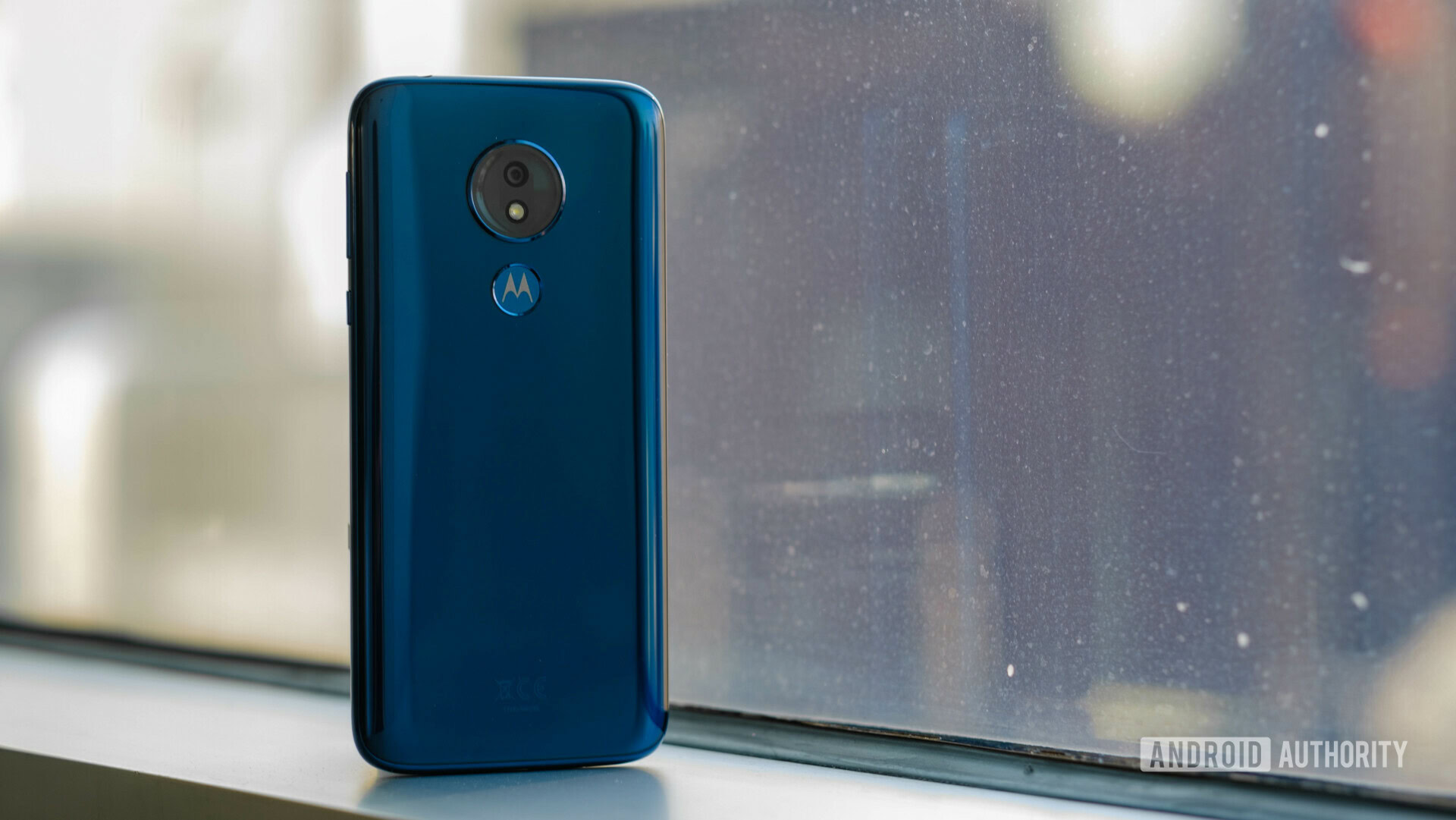
The display likely helps extend the battery life. The G7 Power has the same-sized 6.2-inch screen as the G7, but the resolution is dialed back to HD+ (1,520 by 720 pixels). Fewer pixels means it needs less power. The screen looks very good, but falls just short of excellent. I don’t think I care to see a screen this big with just 720p resolution. You won’t necessarily spot pixels all over the place, but it’s clearly not as sharp as the more pixel-rich G7 display.
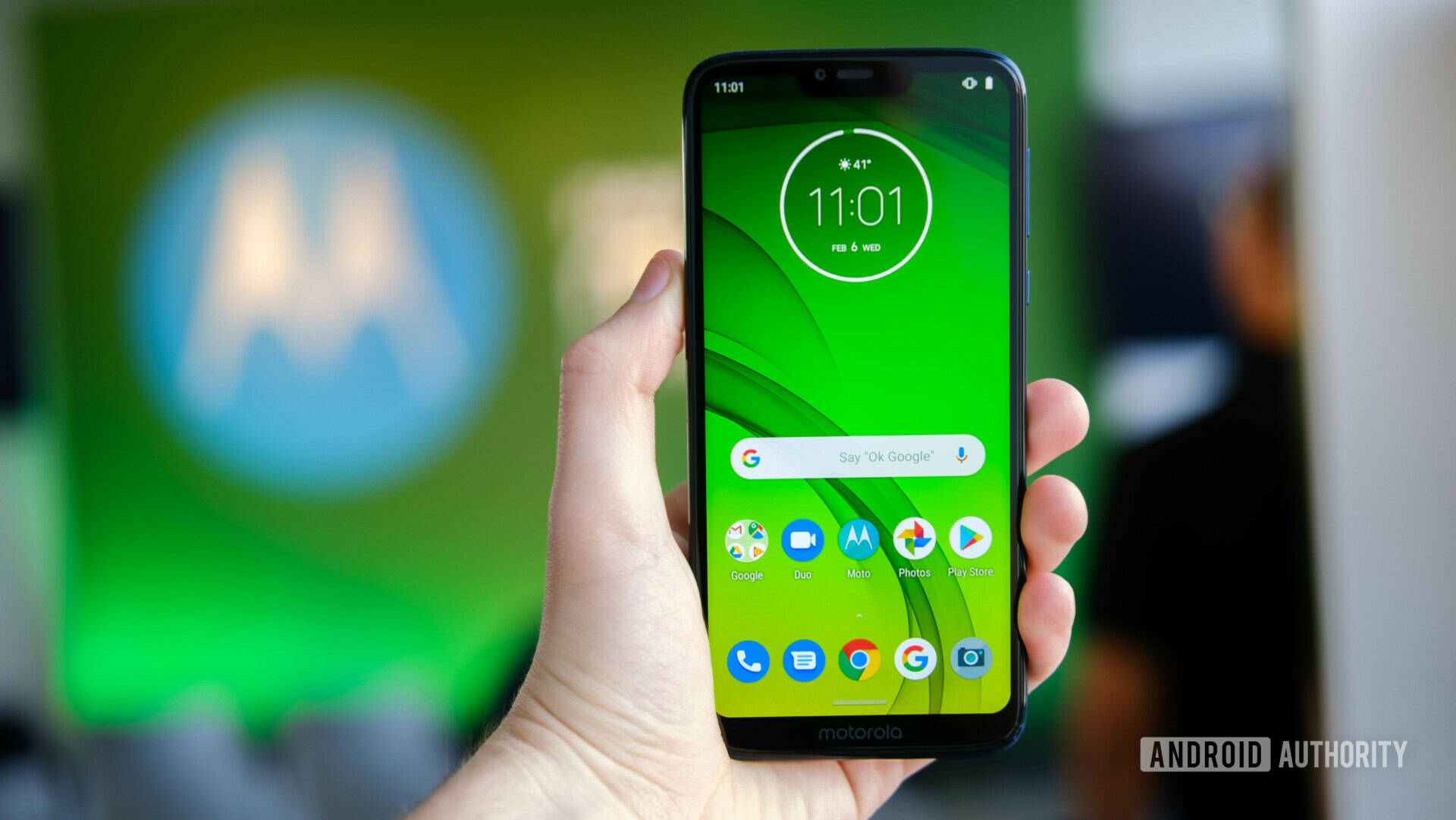
The G7 Power has pleasing glass surfaces that are polished to a fine shine. I really like the blue color, which ranges between deep blue and bright blue depending on the light.
For smaller hands and smaller budgets
Hate big phones? The G7 Play is no kids’ toy, but it is likely a better fit for people who prefer smaller form factors. The tiniest of the bunch dials things way back to reach a lower price point.
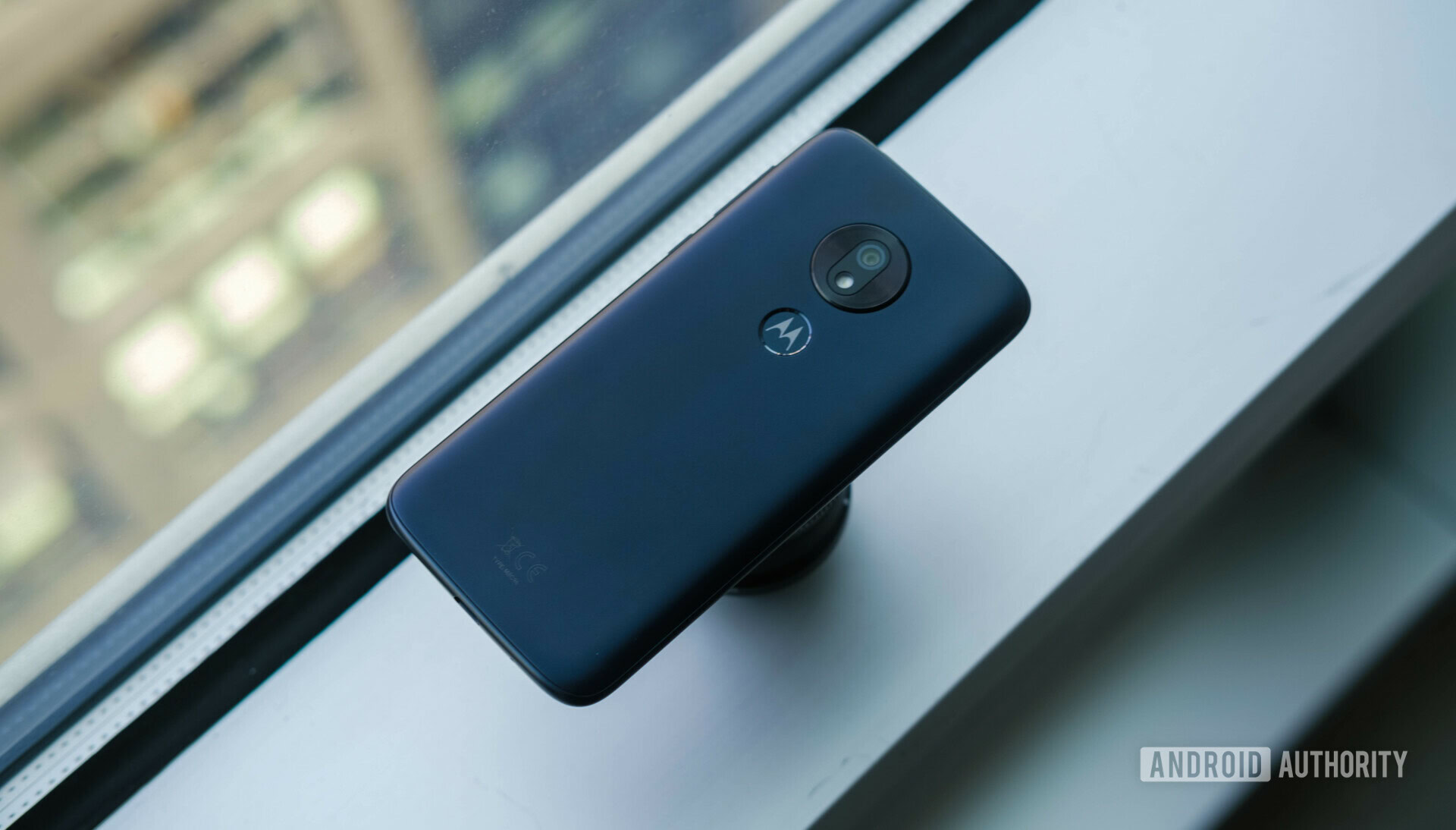
To start, the front may be glass, but the rear panel is a textured polycarbonate of sorts. Dragging your thumbnail across the rear produces a zipper sound effect. It’s warmer to the touch than the cold glass of the G7 and G7 Power, which somehow makes it more friendly.
The screen is smaller at 5.7 inches. It has the same resolution of the larger 6.2-inch screen on the G7 Power. This means it is actually a little sharper. Colors and brightness are about the same as the others in the G7 series, though it was more prone to suffering from glare.
A single camera is on the back of this phone, but it still manages to offer portrait shooting from the front and rear cameras. Motorola says it is relying on software to produce the effect, rather than the contrast data that would normally be generated by a second lens. In a couple of tests in the event space the results looked decent enough.
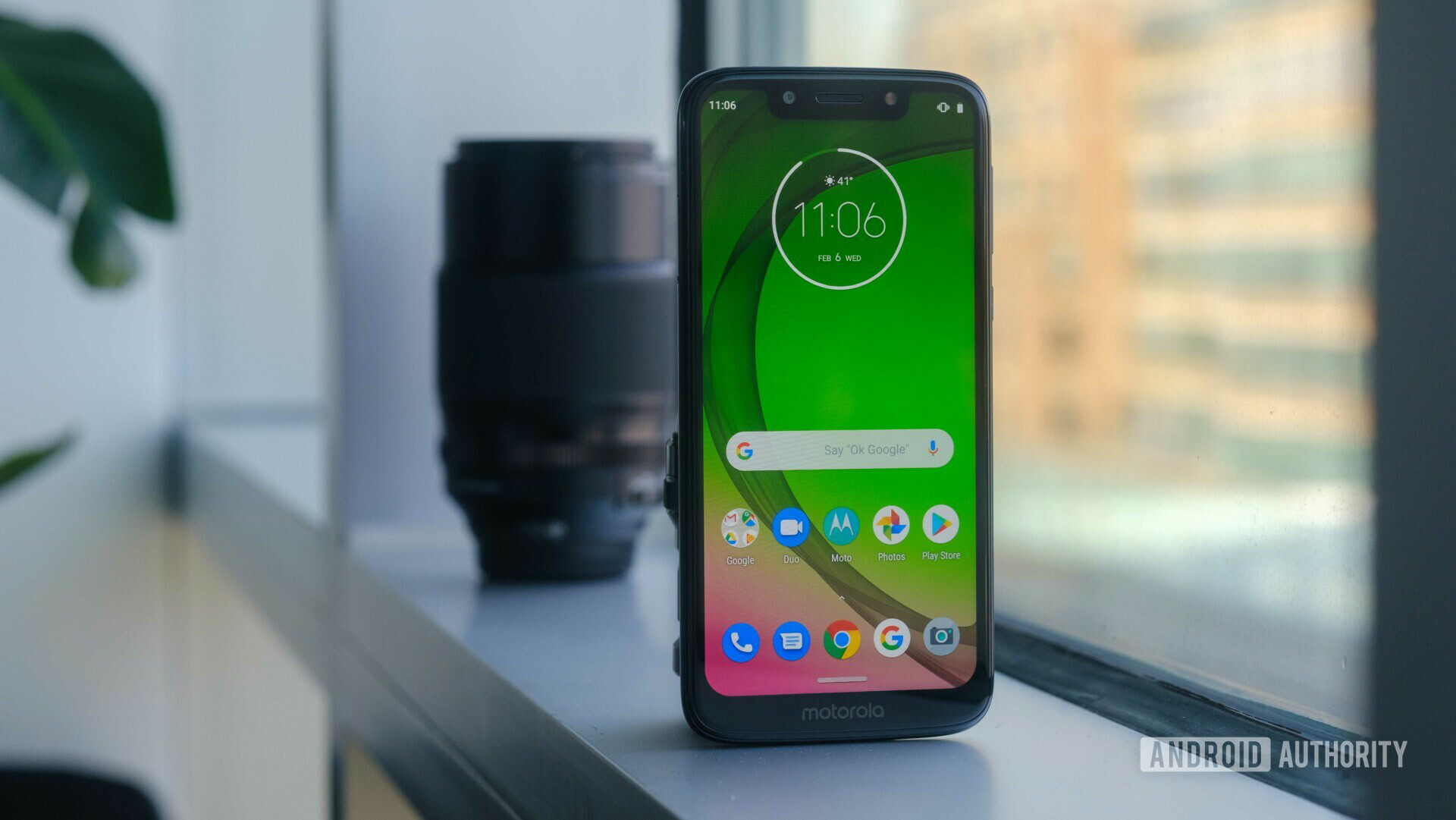
The Moto G7 Play did feel just a bit slower than the others. Where the G7 has 4GB of RAM and the Power has 3GB, the Play has just 2GB. That’s a pretty small amount of memory these days.
Something for everyone
Motorola kept the price points nice and low. The G7 costs $299, the G7 Power costs $249, and the G7 Play costs $199. The phones are available in many regions including Europe, Latin America, Asia Pacific, and North America.
In the U.S., these phones are sold by carriers and national/online retailers. Carriers include Sprint and T-Mobile (postpaid), as well as Boost, Consumer Cellular, and Ting (prepaid). Unlocked versions are available from the usual suspects, including Amazon and Best Buy.
Might I recommend these phones? Motorola has mastered the art of bringing value and appeal together. Not everyone can afford $1,000 flagships. I am grateful that Motorola keeps all consumers in mind. The 2019 G7 series are solid, budget-friendly devices that anyone should be proud to carry around. You can get yours via the button below.